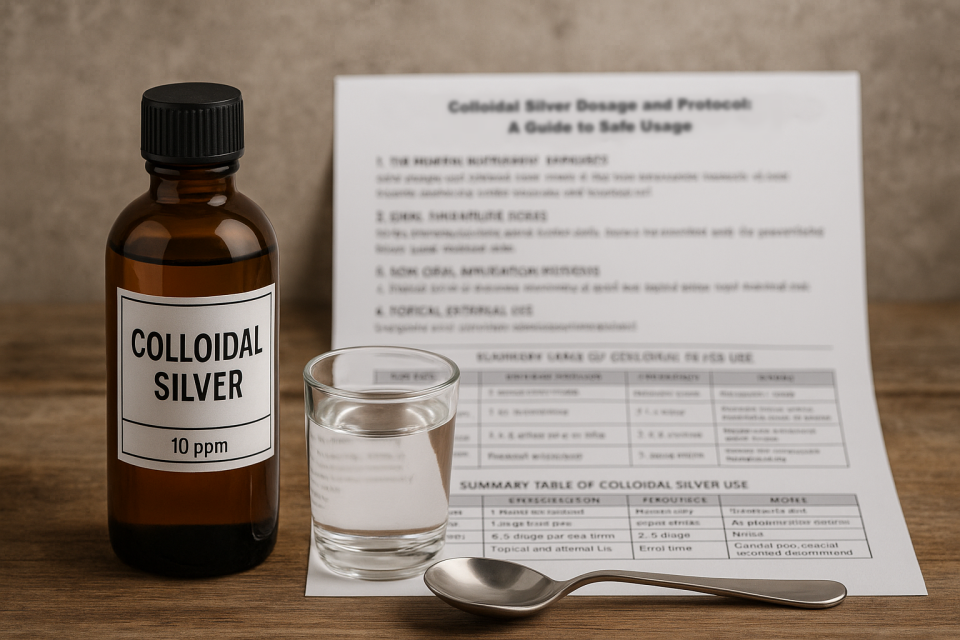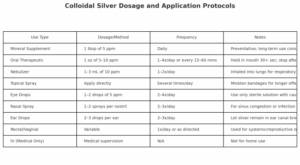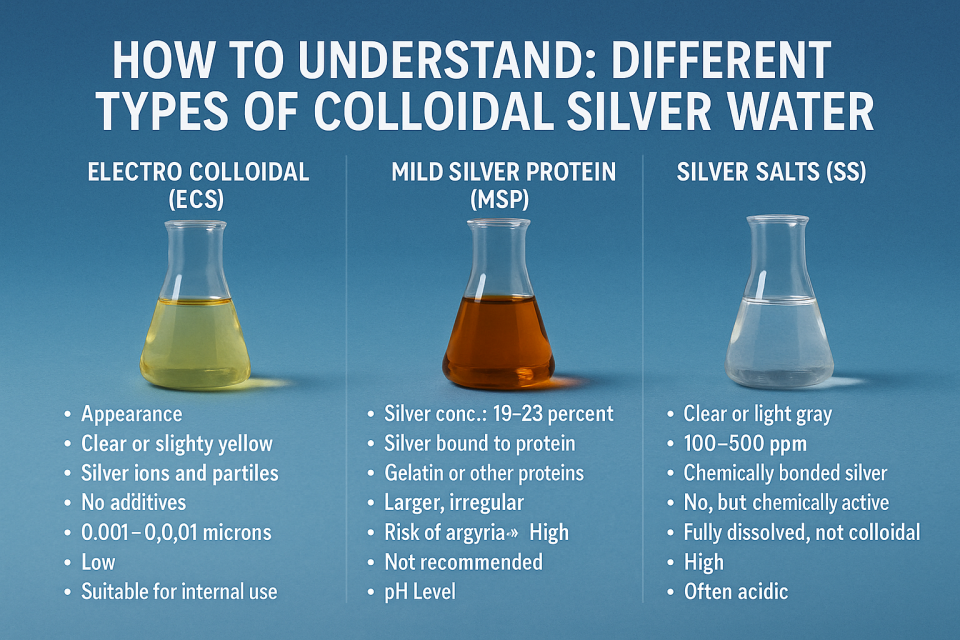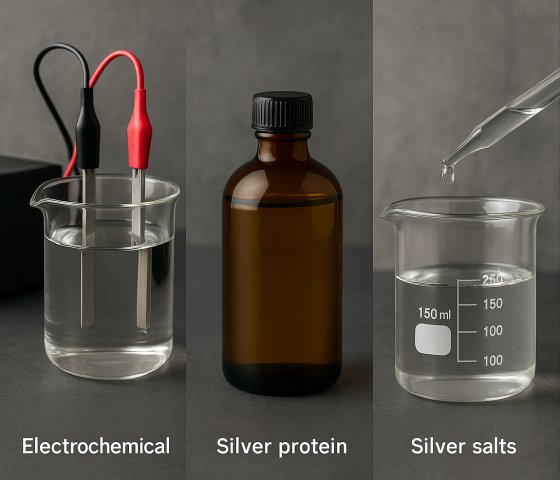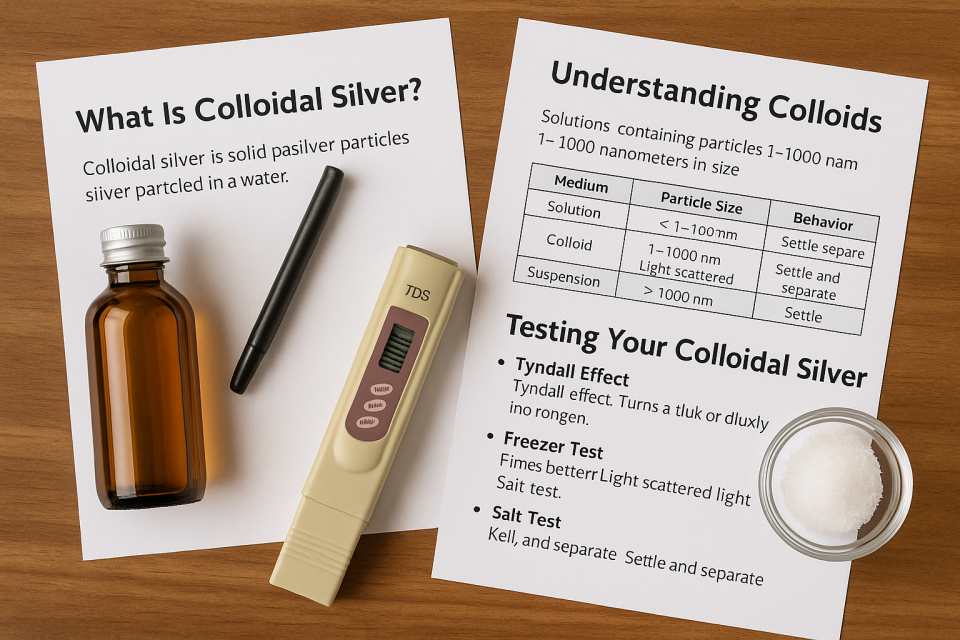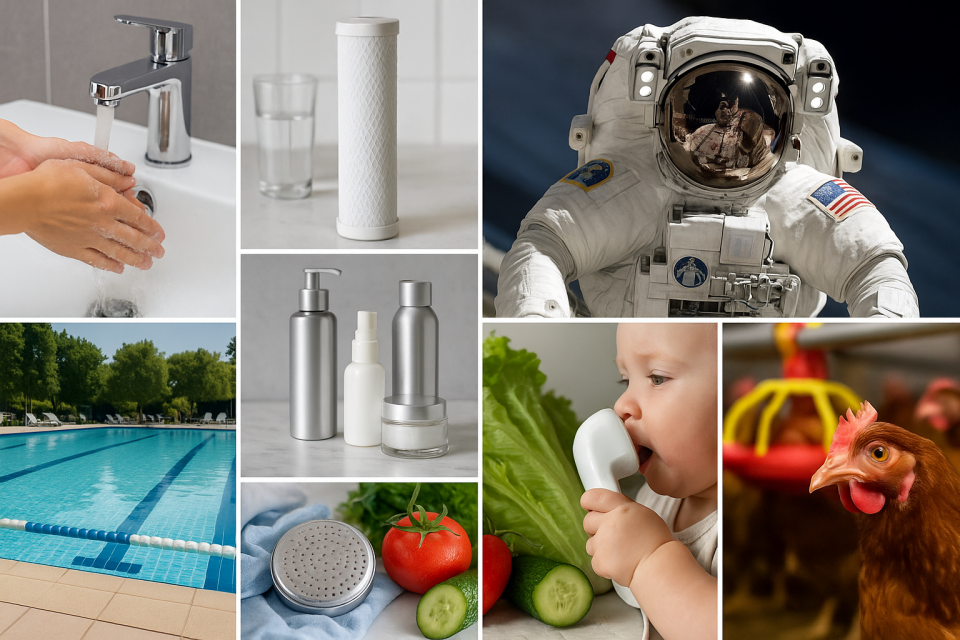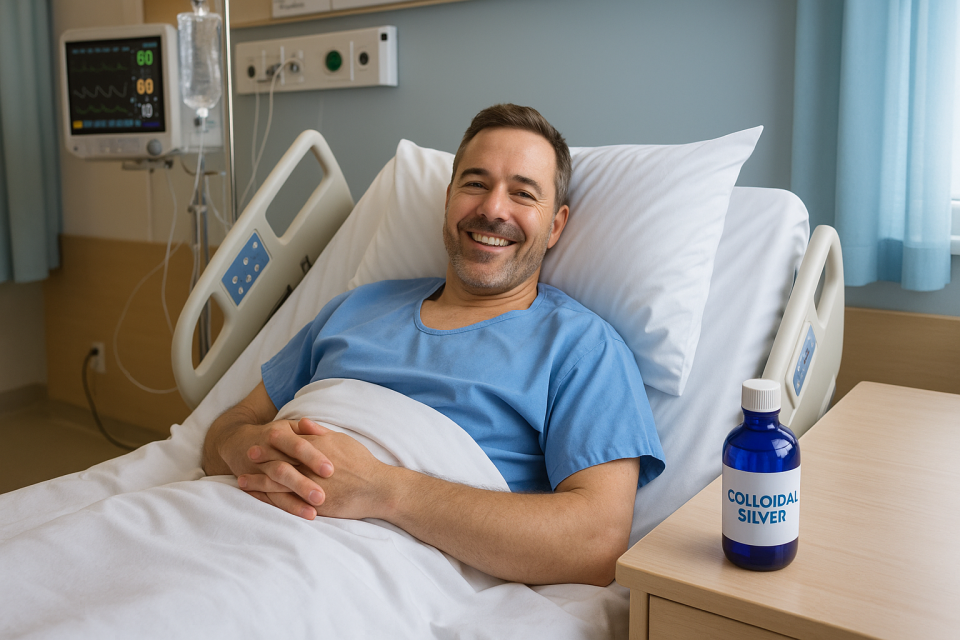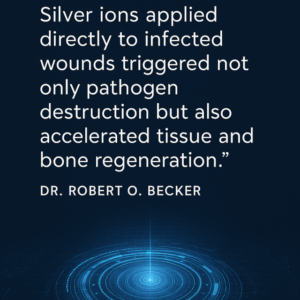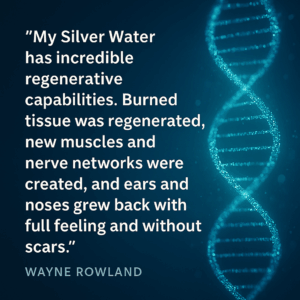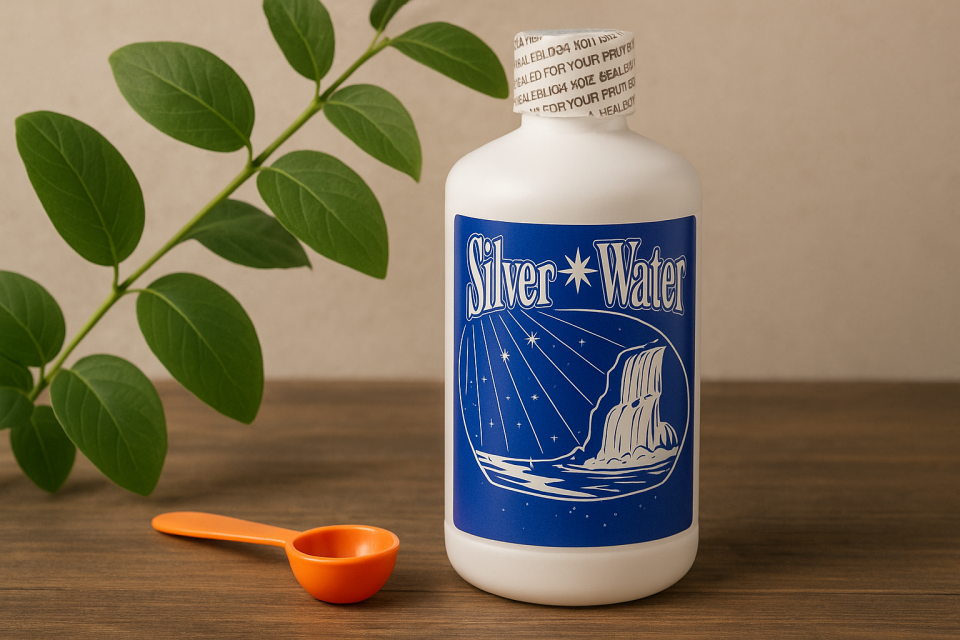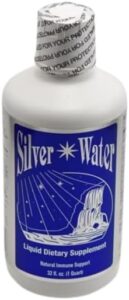Despite growing public interest in colloidal silver, there are currently no double-blind clinical studies establishing standardized dosages for treating medical conditions. As a result, most dosage information available is anecdotal and based on personal experiences rather than scientific consensus. This report presents commonly used colloidal silver dosages and protocols reported by practitioners and users. This information is intended for educational purposes only and should not be used as a substitute for medical advice.
- The Mineral Supplement Approach
One popular belief among colloidal silver advocates is that modern agriculture has depleted essential minerals from the soil, leading to mineral-deficient diets. As a result, some individuals use colloidal silver as a supplement of trace minerals.
- Typical Daily Dose (Preventative Use):
- 1 tablespoon of 5 ppm colloidal silver daily
- This provides approximately 50 micrograms of silver
- Most users believe this dosage is safe for long-term use as a preventative measure
- Oral Therapeutic Doses
Many people only take colloidal silver when they are ill or feeling run down. The most common oral therapeutic protocol involves higher doses over a short-term period.
- Standard Therapeutic Dose:
- 1 ounce of 5–10 ppm colloidal silver per dose
- Frequency of Dosing:
- 1 to 4 times daily
- Some intensive protocols recommend dividing daily intake into smaller doses taken every 15 minutes to 1 hour during acute conditions
- Administration Tip:
- Hold the silver in the mouth for at least 30 seconds before swallowing to improve sublingual absorption
- Treatment Duration:
- 3 weeks to 4 months, depending on the severity of the condition
- Once symptoms resolve, the user typically stops using
- Non-Oral Application Methods
Some experienced users argue that ingestion is not the most efficient method of delivery. To maximize bioavailability, they use alternative methods that bypass the digestive tract.
- Methods Include:
- Nebulization (inhalation into lungs)
- Nasal sprays
- Eye drops
- Ear drops
- Enemas or suppositories
- Topical sprays and creams
- IV administration (in rare medical settings under professional supervision)
- Rationale:
- Avoids dilution by stomach acid
- May allow more silver to reach the bloodstream and target tissues directly
- Topical and External Use
Colloidal silver is widely used externally for skin conditions, wounds, and surface infections.
- Typical External Applications:
- Spraying directly onto the skin
- Soaking dressings or bandages in colloidal silver
- Using colloidal silver-infused creams or gels
- Application Frequency:
- As needed, often several times a day
- Bandages are kept moist with silver for maximum effect
- Safety and Common Observations
Although mainstream medical bodies have raised concerns about the overuse of colloidal silver, anecdotal reports suggest that it is generally well-tolerated, especially at lower concentrations.
- Jarisch-Herxheimer Reaction (Herx Effect):
- Some users experience temporary flu-like symptoms as pathogens die off and release toxins
- Argyria Risk:
- There are no confirmed cases of argyria (blue-gray skin discoloration) from users who stick to 10 ppm colloidal silver, according to anecdotal evidence
- General User Sentiment:
- Thousands of people claim relief or complete resolution of symptoms using colloidal silver
- Advocates stress the importance of moderation, purity, and proper particle size
Summary of Colloidal Silver Use
| Use Type | Dosage/Method | Frequency | Notes |
| Mineral Supplement | 1 tbsp of 5 ppm (≈50 mcg) | Daily | Preventative; long-term use considered safe by users |
| Oral Therapeutic | 1 oz of 5–10 ppm | 1–4x/day or every 15–60 mins during illness | Hold in mouth 30+ seconds; discontinue after recovery |
| Nebulizer | 1–3 mL of 10 ppm | 1–2x/day | Inhaled into lungs for respiratory issues |
| Topical Spray | Apply directly | Several times/day | Can moisten bandages for longer effect |
| Eye Drops | 1–2 drops of 5 ppm | 2–4x/day | Use with caution and only sterile solution |
| Nasal Spray | 1–2 sprays per nostril | 2–3x/day | Often used for sinus congestion or infection |
| Ear Drops | 2–3 drops per ear | 2–3x/day | Tilt head to let silver remain in canal briefly |
| Rectal/Vaginal (suppository or douche) | Variable | 1x/day or as directed | Used by some for systemic or reproductive concerns |
| IV (intravenous) | Not recommended for home use | Medical supervision required | Rare; only with physician oversight |
Important Disclaimer
This article is intended for educational and informational purposes only. None of the information provided here is meant to diagnose, treat, or cure any disease. Always consult a qualified healthcare professional before starting any supplement, especially if you have a health condition, are taking medication, or are pregnant or breastfeeding.
References
- SilverMedicine.org. “Colloidal Silver Usage Protocols and Safety.” www.silvermedicine.org
- EPA IRIS (Integrated Risk Information System). Silver Oral Reference Dose (RfD). 1999.
- U.S. FDA. “Consumer Update on Colloidal Silver Products.” 2009.
- Personal user testimonials collected from forums and anecdotal accounts (non-published sources)
